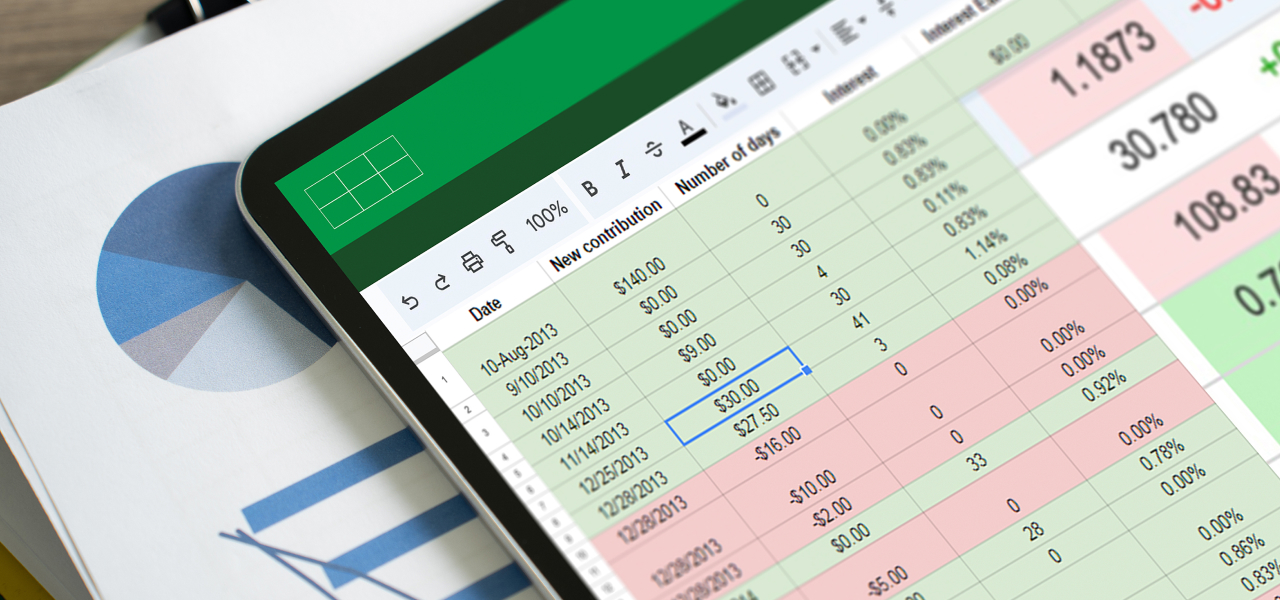Disruptive technology provides both opportunities and challenges. Opportunities to upend old, and perhaps tedious and cumbersome practices. Challenges in that if you don’t keep up, you get left behind. This carries over even into the field of accounting – especially software. Staying out in front of the pack requires a deeper look at the available choices than what first meets the eye. For instance, price comparison may not be as straightforward as it first appears. Scalability, data accessibility and professional-level presentation of client reports and more are factors to also be considered.
Before you compare features, decide what type of system you need. Some platforms focus on portfolio reporting and assume you will keep a separate general ledger. Others are built for fund and partnership accounting with full financial statements. A unified ledger reduces reconciliation and speeds reporting when you run alternatives alongside marketables.
A fairly wide range of choices are available. *Advent Geneva (SS&C), AltaReturn / Allvue, Eze Software, FIS, FundCount, Pacific Fund Systems are all firms that focus in one degree or another on the accounting and other software needs for fund administration. This makes your task of selecting the right solution for your needs more challenging. This guide is designed to help you focus your attention on those areas you may not as yet have considered, but which help suss out best value for your operation.
Ability to grow
Your team needs clean ways in and out. Look for native file loaders for custodians, an open API for two-way integrations, and direct connectivity to analytics tools such as Power BI so dashboards read from the source database. This avoids manual exports and one-off scripts. When considering the cost-benefit tradeoffs surrounding this question, keep in mind the future cost in terms of both dollars and in turmoil from future upgrades. Ideally, the solution you may wish to focus on is one that is configured to manage all current and future aspects of your business, including hedge funds, private equity, mutual funds and any other area you could potentially expand into in the future. In this way you are only limited by business interest, not technology. The ability to stay flexible is important in an industry where the winds can shift.
Moving operations is another consideration here. Local regulations and methodologies vary and your system must be able to account for those differences without requiring cumbersome fixes and work-arounds in order for your organization to remain spry. Growth usually means more asset classes, more entities, and more currencies. Check that the same engine handles portfolio, investor, and general ledger accounting without extra modules or a second system.
Ask vendors to show a live Power BI dashboard on your sample data to confirm performance and refresh methods.
Support for all asset types
Your shortlist should handle public and private assets in one system. Look for native support for private equity, venture, private credit, real estate, funds of funds, and co-invests along with equities, fixed income, derivatives, and digital assets such as crypto. The system should let you extend class lists and instrument taxonomies without custom code, apply lot-level attributes, and look through to underlying funds or SPVs. Ask vendors to load a mixed sample that includes capital activity, waterfalls or preferred return, corporate actions, and token transfers, then produce NAV, allocations, and investor statements from the same data.
Data accessibility
The internet and Wi-Fi industries have settled on established protocol so that you can log on using virtually any internet-ready device. Unfortunately, the financial industry isn’t quite there yet. Data still comes in many shapes and forms, presenting a dilemma when it comes to importing. FundCount has its own exclusive tool that automates the process – Extract Transform Load (ETL). ETL is built into the FundCount system creating smooth access to any data source. ETL doesn’t require additional programming and anyone with Excel knowledge can use it to develop interfaces with data sources and import routines. For clients who run into anything unusual or unique in some way, FundCount technicians can help. Built-in tools export data in similar fashion.
As new clients come on board, new client data must be migrated into your system. This is a key area you will want to explore when evaluating a new system. If it doesn’t have a clearcut way of extracting, formatting and importing data from sources such as your bank, equity market feeds, labor outlays or programming work-arounds will be an additional expense added to your total cost calculations.
Control over reporting data and function
Other than system integrity, there is perhaps no other area more important to a fund administration business than reporting. The ability to have up-to-date information for decision making and be able to present it to the client in a meaningful, professional and persuasive way can mean the difference between being a first-tier firm or a backwater office. Strong presentation matters, but accuracy starts with the accounting foundation. Confirm that client views, board packs, and online dashboards all draw from the same transaction-based ledger that produces financial statements, allocations, and NAV. That keeps numbers aligned across formats.
Software capability can provide you with the slick, professional, flexible tools you need, or it can be that thing that hinders you from doing your job in the way you want to due to built-in limitations. Flexibility factors in a wide portfolio of readily available reporting packages that give you control and choice over look and feel. It also includes, importantly, customization. Undoubtedly, you know best how to present your data and you aren’t going to want to wait around for software engineers to program your vision.
FundCount has integrated customizable reporting templates designed to give you a starting point, but not limit you. It also has a large, intuitive library of reports and a wide range of professionally-developed holistic packages that incorporate with your own logo, colors, font and more that you can individualize.
Investor portal compatibility
Confirm that the accounting database feeds your online portal without manual exports. Real-time or scheduled refresh through APIs or data views keeps portal numbers aligned with the ledger. Check role-based permissions, multi-entity access, multi-currency presentation, document delivery, and an audit trail for who saw what and when. Verify single sign-on with your identity provider and test simple two-way workflows such as capital call acknowledgments or contact updates.
Price
When calculating the price, be aware that the costs can stretch beyond the basic purchase price and associated user fees. When crunching the numbers, you will need to account for down time while the new system is being installed, transition costs, such as time for your office workers to learn the new system. There may also be programming fees for such things as integration with legacy and other systems.
FundCount has an experienced and dedicated implementation team that prioritizes cost efficiency among other areas. They do this by automating and streamlining processes, such as workflow, eliminating the need for adjustments. This can save thousands and thousands of hours and eliminate processes that have in the past been tedious and maybe even overbearing, making for a happier office environment as well as one that eliminates unnecessary labor costs.
When you request pricing, include line items for integrations, analytics connectors, API access, upgrades, and investor portal delivery so you can see the full cost over time. Some platforms include open APIs and deliver upgrades under annual maintenance, which helps prevent add-on creep.
*Footnote:
AltaReturn / Allvue–Private-capital fund accounting built on Microsoft Dynamics 365 Business Central and Azure.
Eze Software–Order and execution management for the front office; not a fund-accounting or general-ledger platform.
FIS Private Capital Suite (Investran)–Private-equity fund and partnership accounting with investor management.
FundCount–Integrated portfolio and partnership accounting on a single general ledger with multi-currency reporting dealing with any asset class.
Pacific Fund Systems–PFS-PAXUS fund-administration and fund-accounting system with integrated share registry and web access.
SS&C Advent Geneva–Portfolio and investor accounting for complex, multi-currency structures; common among alternative managers.
Request a Demo







